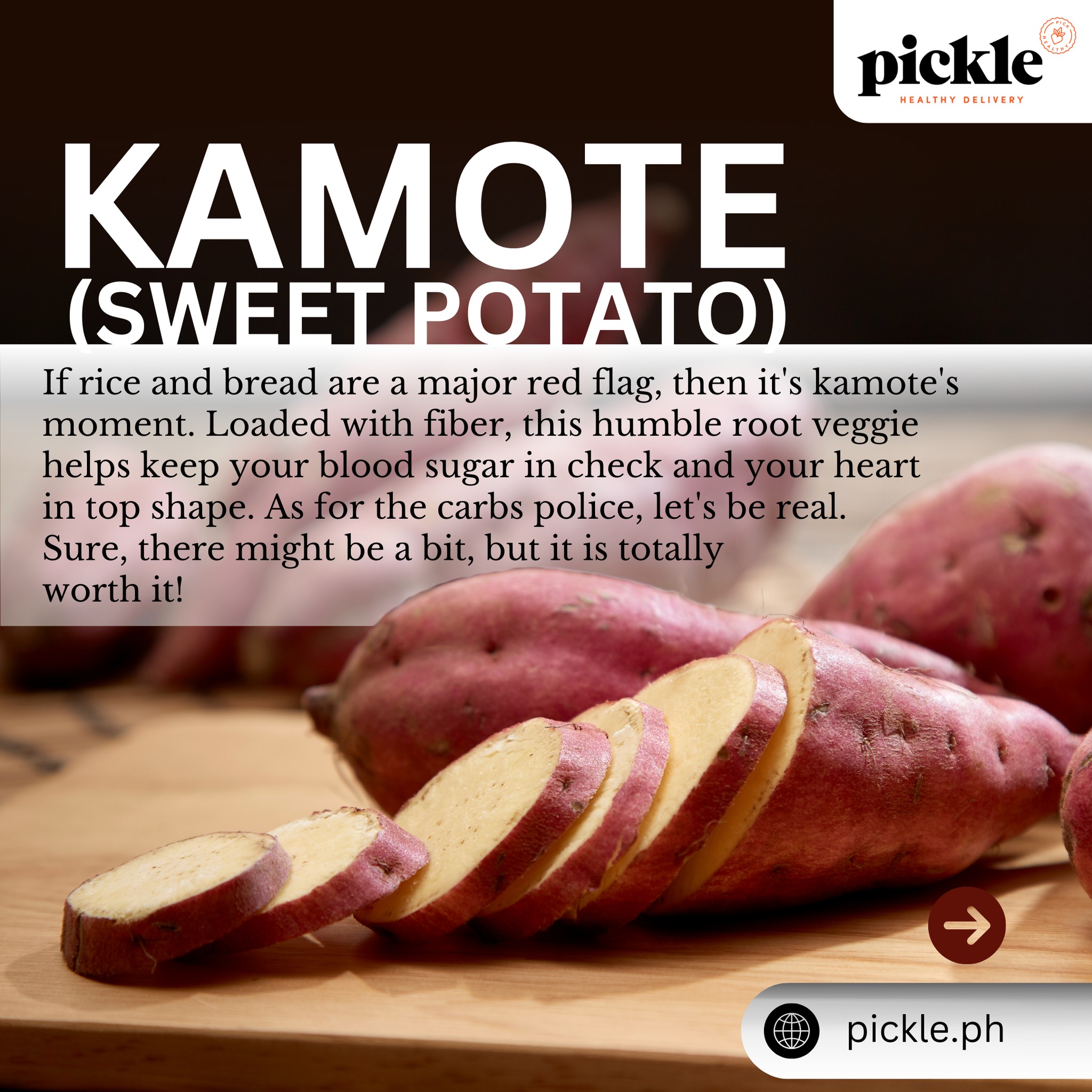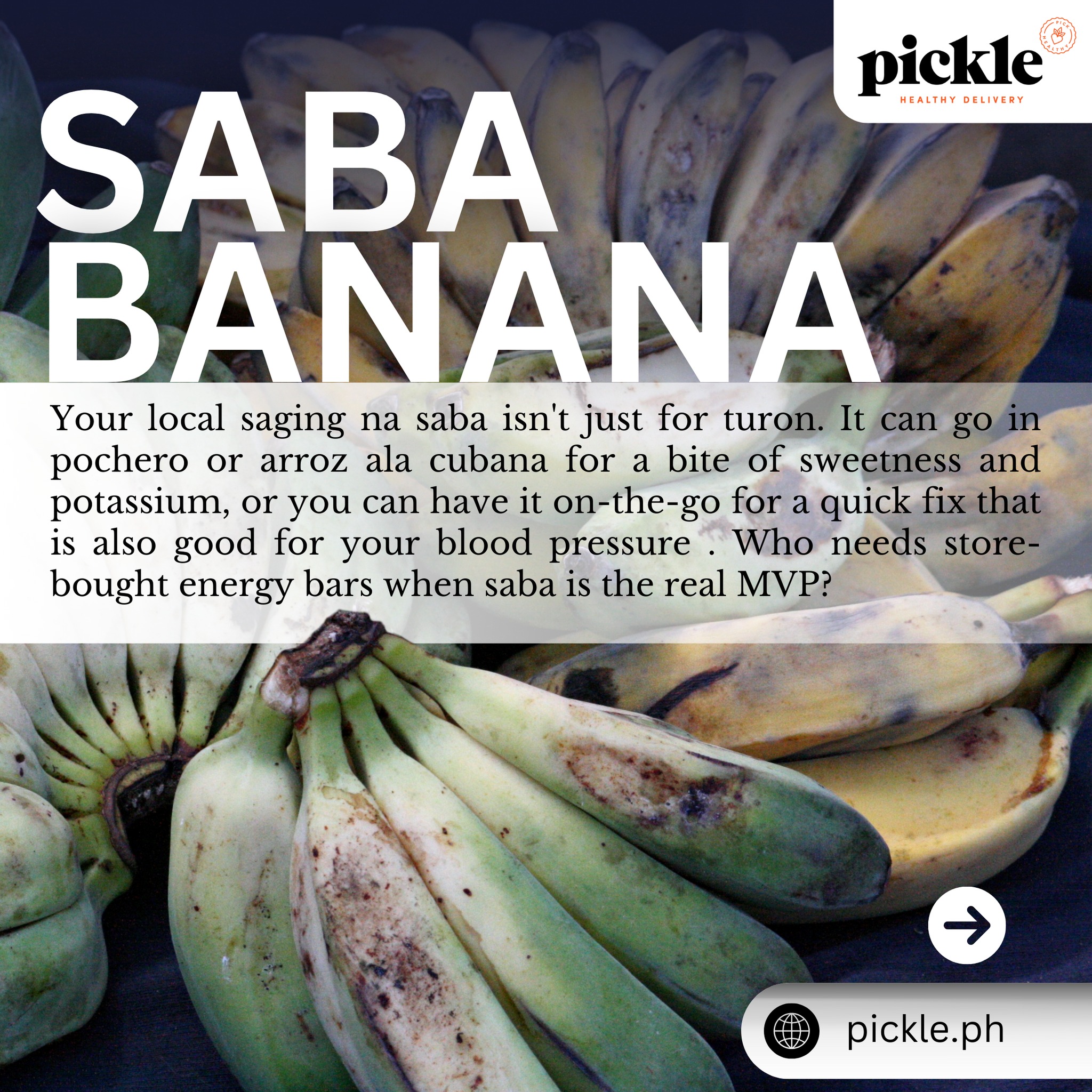It can be challenging to select the right foods for a balanced diet, especially for those who have food allergies or high blood pressure. Fortunately, there are several beneficial and secure options for maintaining good health in the Philippines. These are five nutrient-dense, health-promoting traditional recipes from the region.
Malunggay

Malunggay, also called Moringa, is often included in Filipino dishes, specifically in soups and stews. This green leafy vegetable is packed with calcium, iron, and vitamins A, C, and E, making it a potent nutritional source. It can lower blood pressure and improve immune system function, making it a good option for those concerned about their blood pressure.
Culinary uses:
- Add to tinola for an extra health boost
- Incorporate into monggo soup for added nutrition
- Blend into smoothies for a nutrient-packed drink
- Use in omelets or frittatas for a nutritious breakfast
Kamote

Sweet Potato is a flexible root vegetable rich in fiber, potassium, and beta-carotene. Its complex carbohydrate content helps regulate blood sugar, while its potassium content supports cardiovascular health. This makes it the ideal option for people with diabetes or high blood pressure.
Preparation ideas:
- Boiling and mashing Kamote can be a cheaper and healthier alternative to usual mashed potatoes
- Kamote can be cut into wedges and then baked or deep-fried with vegetable oil for homemade kamote fries
- Dicing and adding Kamote to vegetable soups can enhance for extra thickness and nutrition
- Grilled Kamote slices make for a smoky, sweet side dish
Saba

Saba Banana is a type of banana that is packed with potassium, vitamin B6, and fiber. The potassium in it supports healthy blood pressure, and its fiber assists with digestion. Saba bananas have a lower chance of causing latex-fruit allergies than other types of bananas.
Serving ideas:
- Eat raw as a quick, nutritious snack
- Add to halo-halo for a traditional dessert
- Make banana cue for a healthier sweet treat
- Use in baking as a natural sweetener and egg substitute
Monggo
Monggo, also known as Mung Beans, is a great option for individuals wanting to decrease their intake of meat due to its high content of plant-based protein and fiber. It additionally has folate and magnesium, which aid in maintaining heart health. As a legume, it’s less likely to trigger common allergies compared to nuts or dairy.
Recipe suggestions:
- Prepare the classic ginisang monggo for a comforting, nutritious meal
- Use as a meat substitute in various dishes like veggie burgers or meatballs
- Sprout monggo for a nutrient-dense addition to salads
- Make monggo soup with malunggay for a double dose of nutrition
Bangus
Bangus, also known as Milkfish, is a well-liked fish in the Philippines for valid reasons. It contains omega-3 fatty acids and high-quality protein, and has low levels of mercury. This blend is good for the heart and can be consumed regularly without any worries, even by individuals with specific food allergies.
Cooking suggestions:
- Grilling whole bangus, also called Sinugba is a classic Filipino dish
- Bangus is a staple in a Filipino favorite delicacy, Sinigang: a sour and savory soup
- Frying boneless bangus, also called Daing, is a crispy treat best enjoyed at lunch time.
- Smoked bangus offers variety of gastronomic proportions and a flavorful addition to salads or sandwiches
These foods are not just packed with nutrients but are also easily found in nearby markets. Adding them to your regular meals can enhance your general well-being and help manage allergies and high blood pressure. They provide a vast array of culinary options, enabling you to savor a variety of tasty dishes while following dietary limitations.
Selecting these nutritious Filipino dishes not only promotes your well-being but also allows you to savor the tastes of traditional cuisine. They offer vital nutrients without the danger of causing typical allergies or worsening hypertension. Nevertheless, it is crucial to acknowledge that people may have different reactions to certain foods. It’s always recommended to seek advice from a healthcare provider regarding your individual dietary requirements and possible food sensitivities.
Try out these foods and discover how they can enhance the taste and nutritional value of your meals. By being creative in the kitchen, you can turn these basic ingredients into healthy meals that satisfy your health goals and please your taste buds.
We Make It Easy To Pick Healthy.
Established since 2015. We are a healthy food delivery service offering delicious calorie-controlled and macro-balanced meals. Prepared by chefs and nutritionists with your health in mind.

